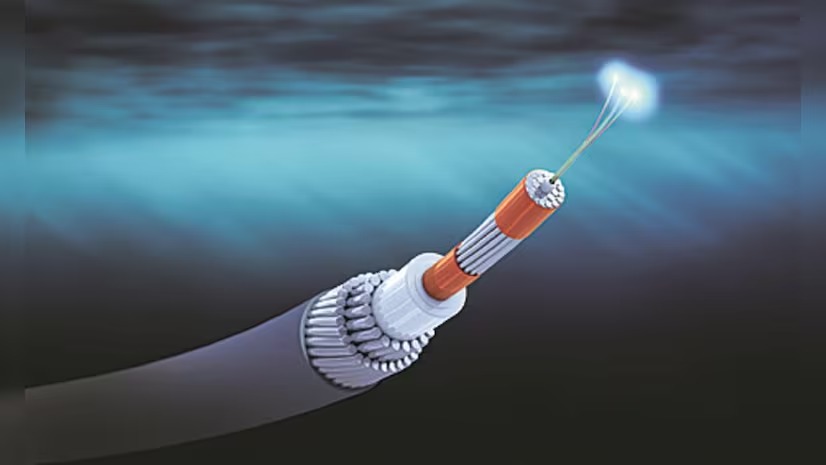
The country is steadily modernizing its internet cable network through new undersea connections such as Airtel’s 2Africa Pearls and SEA-ME-WE-6 to expand its international connectivity. Undersea cables serve as the main infrastructure for both internet and global trade since they conduct most data transmissions. The combination of 17 existing cable systems meets a declining percentage of Indian internet traffic even though the rising demand approaches current capacity saturation. Regulatory challenges and a lack of domestic repair capability pose risks. High-speed secure internet access depends on the improvement of cable infrastructure systems.
-
A major enhancement of India's internet infrastructure takes place through new undersea cable landing systems.
-
The international bandwidth grew by 100 terabits per second through Airtel’s 2Africa Pearls project which Meta supports.
-
The SEA-ME-WE-6 cable accomplished its landing operations in Chennai and Mumbai during the beginning of this year making India more interconnected globally.
What Are Undersea Cables?
-
The worldwide internet base depends heavily on undersea cables as fundamental infrastructure components.
-
Their network bridges telecommunications providers and internet service companies throughout national territories.
-
Hazardous ocean floor environments create no issues for marine telecom cables which use fibre optic strands to transmit data at high speeds.
-
The stations serve as points of connection which enables cable networks to link with each other.
Importance of Undersea Cables:
-
The pipelines support approximately 90% of worldwide data traffic as well as 80% of commercial transactions globally.
-
Such infrastructure facilitates $10 trillion worth of annual financial operations.
-
Millions of users obtain access to high-speed internet capabilities through these worldwide submarine networks.
India’s Cable Landing Infrastructure
-
Main hubs: Mumbai and Chennai.
-
Currently: 17 cable systems, mostly in Mumbai’s Versova.
-
India’s share: ~1% of global landing stations and ~3% of subsea cable systems.
-
The current data capacity faces a challenge as upcoming growth projections might exceed it.
Risks Associated with Undersea Cables
-
Vulnerability to disruptions, e.g., in Bab-el-Mandeb Strait.
-
When multiple cables experience disruptions the process of rerouting data might not always be possible.
-
The traditional routes used for underwater cables face continuous threats due to the tense political relations between nations.
Challenges in Deployment
-
Complex regulatory requirements with multiple governmental permissions.
-
Lack of domestic cable repair infrastructure.
-
The use of repair ships from abroad makes operations come to a standstill which prolongs maintenance delays.
Future Directions
-
The deployment process should have straightforward regulatory systems that enable quick project approvals.
-
Domestic repair vessels together with regional storage facilities should be funded for national development.
-
India needs to increase its position across global subsea infrastructure sectors.
Conclusion
Upgrading its subsea cable network infrastructure will enable faster reliable internet connectivity for both citizens and the economy of India.



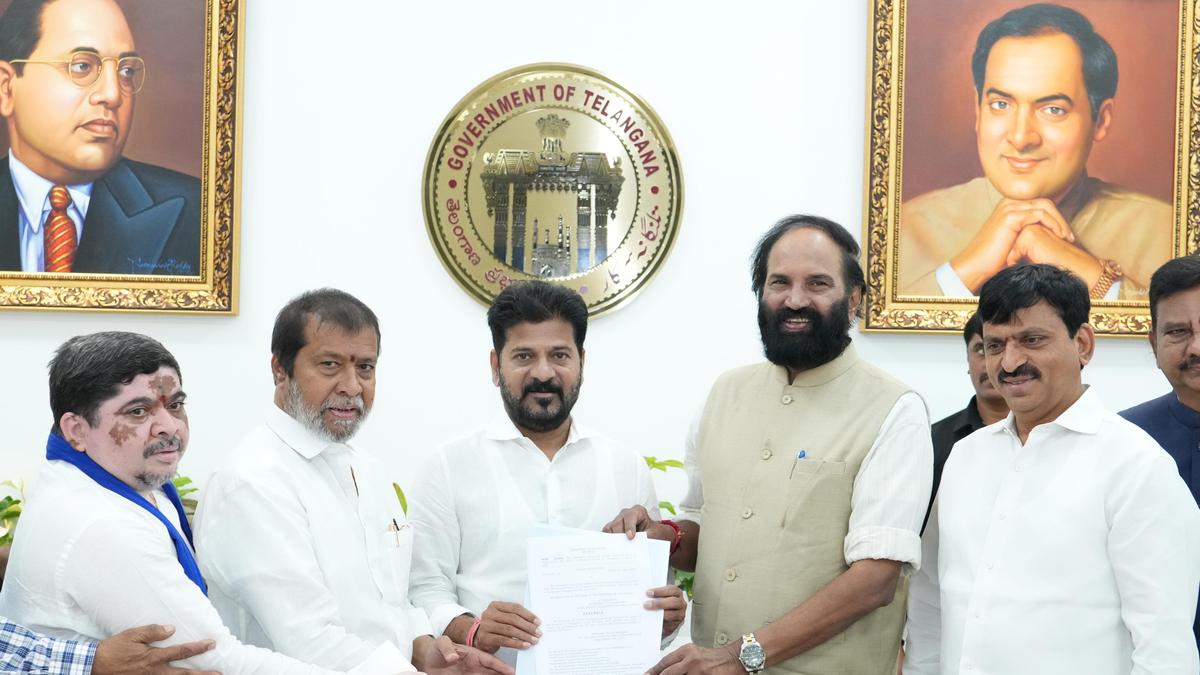 Telangana Becomes First State to Enforce SC Sub-Categorisation with 2025 Act
Telangana Becomes First State to Enforce SC Sub-Categorisation with 2025 Act Operation Chakra V: Tackling Digital Arrest Cyber Frauds in India
Operation Chakra V: Tackling Digital Arrest Cyber Frauds in India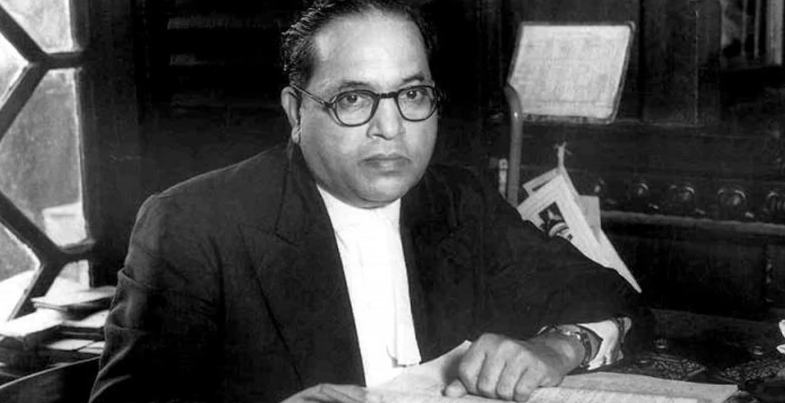 Dr. B.R. Ambedkar’s 135th Jayanti: Legacy of India's Constitution Maker
Dr. B.R. Ambedkar’s 135th Jayanti: Legacy of India's Constitution Maker Naxalmukt Bharat Abhiyan: From Red Zones to Growth Corridors
Naxalmukt Bharat Abhiyan: From Red Zones to Growth Corridors First Panchayat Advancement Index (PAI) Report Released – Gujarat & Telangana Lead
First Panchayat Advancement Index (PAI) Report Released – Gujarat & Telangana Lead Niveshak Didi Initiative Phase 2 Launched to Promote Financial Literacy Among Rural Women
Niveshak Didi Initiative Phase 2 Launched to Promote Financial Literacy Among Rural Women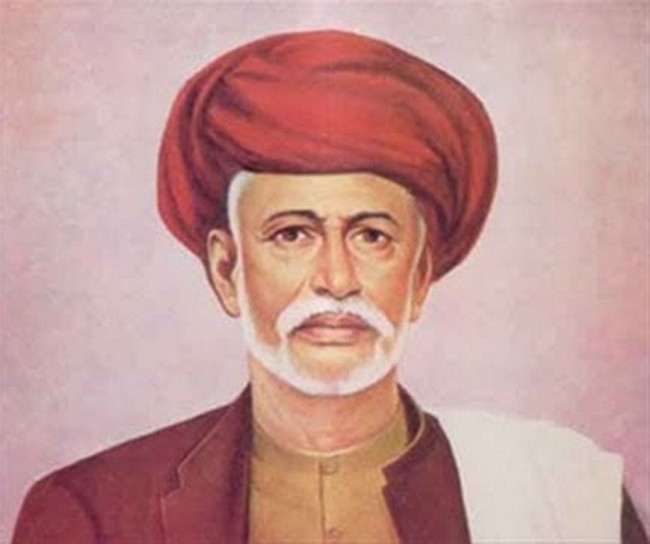 Jyotiba Phule: The Radical Reformer India Still Needs to Learn From
Jyotiba Phule: The Radical Reformer India Still Needs to Learn From World Homoeopathy Day 2025: Celebrating Dr. Samuel Hahnemann's Legacy
World Homoeopathy Day 2025: Celebrating Dr. Samuel Hahnemann's Legacy Tahawwur Rana Extradited to India: What Comes Next in the 26/11 Case?
Tahawwur Rana Extradited to India: What Comes Next in the 26/11 Case?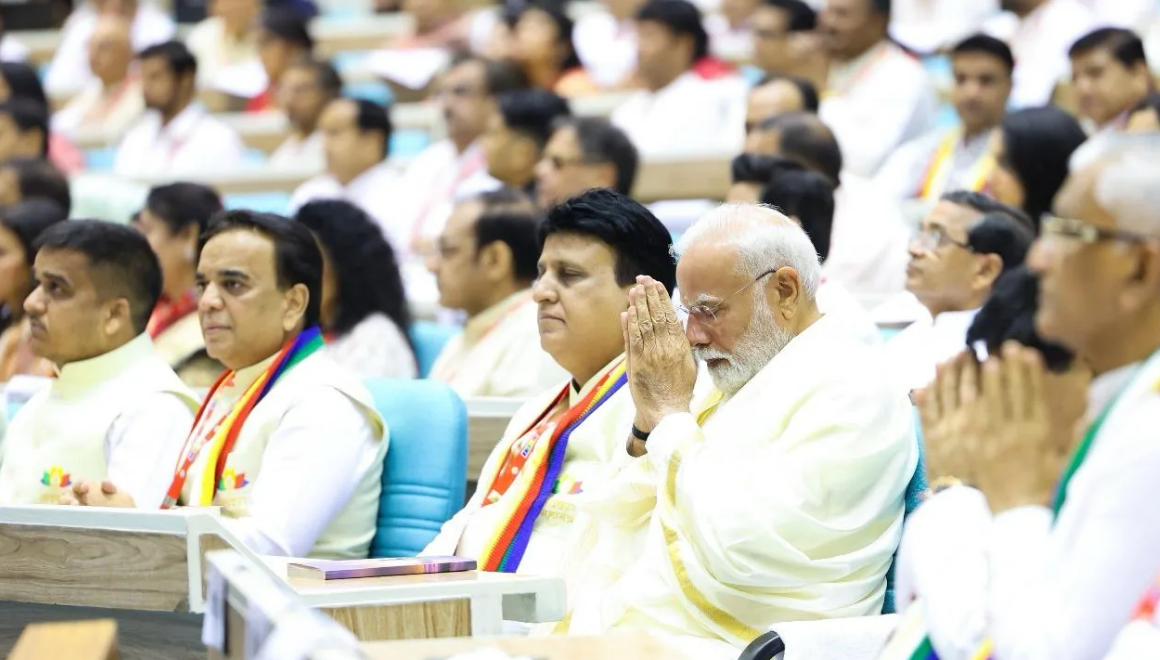 PM Modi Inaugurates Navkar Mahamantra Divas to Promote Jain Ethics Globally
PM Modi Inaugurates Navkar Mahamantra Divas to Promote Jain Ethics Globally






